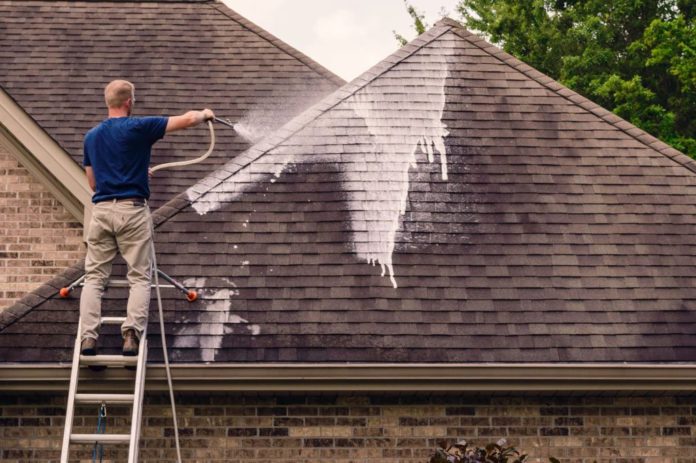Irrespective of how impressive a well-maintained home may look from the kerb side, a roof covered in heavy moss, can give even the most majestic looking property a demeaning appearance. However, a demeaning appearance is not the only problem excessive moss can have to the roof tops of most people’s biggest asset.
Moss, unlike many other forms of vegetation moss does not need direct sunlight to proliferate – hence moss can grow on the shaded sides of roofs.
In fact, moss has an ability to draw vital growth sustaining nutrients from the organic compounds that make up most roofing, materials used to construct a modern roof, moreover, bitumen based tiles (tar) are made from a natural ossified organic compound that can actually supply most forms of moss and mildew with all the necessary source of life-sustaining nutrition.
As the moss feeds and draws nutrients from the surface of the slates and shingles the surface is etched and subsequently deteriorates, once tiny cracks and recesses are made on the otherwise smooth surface water can seep through the tiles, deterioration is accelerated during the winter months when the ambient temperature falls below zero and moisture freezes, turning to ice. With the natural expansion of ice small cracks are widened and the shingle starts to flack and fall apart, in the roofing profession this deterioration is sometimes called “weathering” or “blown shingle”.
Article Source: http://EzineArticles.com/8985131













